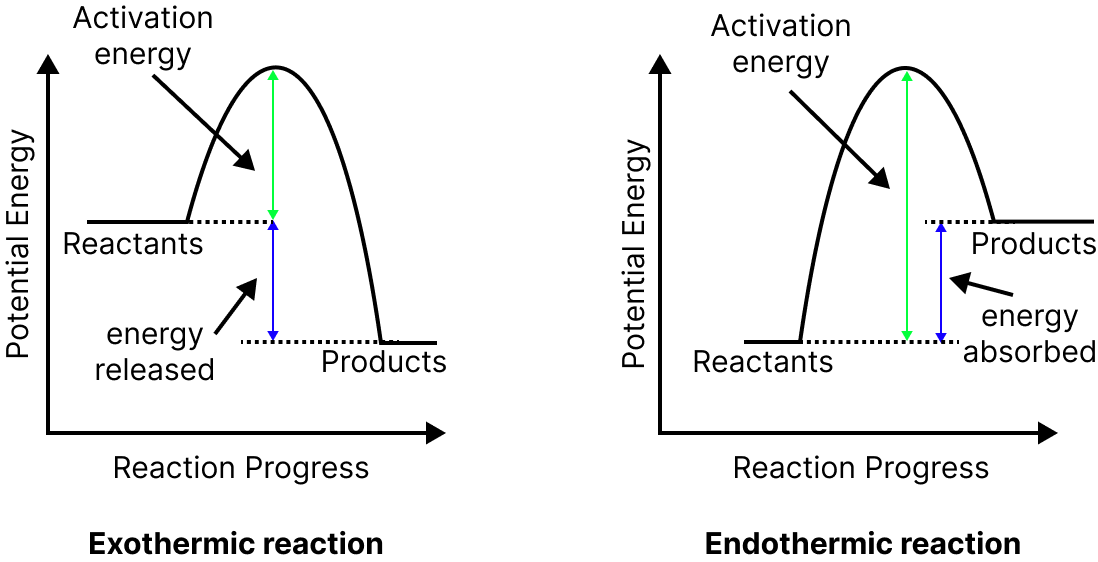Chemical Kinetics JEE Advanced 2025 Notes for Revision [Free PDF Download]






FAQs on Revision Notes on Chemical Kinetics for JEE Advanced 2025
1. What is collision theory?
In chemical kinetics, the reactant molecules collide with each other in a chemical reaction system and form new products. This is called collision theory.
2. What is collision frequency?
The number of collisions occurring in a chemical reaction per unit volume per second is called collision frequency. It is denoted by Z.
3. What are the barriers to reaction collisions?
As per the Chemical Kinetics notes for JEE Advanced, orientation and energy barriers are the two main barriers that collisions need to overcome to become effective.
4. What is radioactivity?
The emission of radioactive particles from the nucleus of a radioactive atom is called radioactivity. It follows the rules of 1st order chemical kinetics. It results in the formation of new elements from a radioactive heavy element.






































